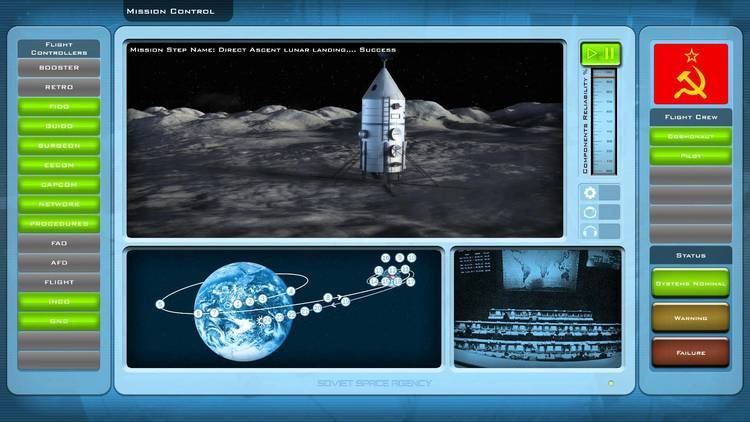Manufacturer OKB-52 | Status Canceled | |
 | ||
Kerbal space program lk 700 ur 700a rss
LK-700 was a Soviet direct ascent lunar lander program proposed in 1964. It was developed by Vladimir Chelomey as an alternative to the N1-L3 program. It was also a further development of the LK-1 lunar flyby spacecraft.
Contents
- Kerbal space program lk 700 ur 700a rss
- Buzz aldrin s space program manager lk 700 lunar landing
- Mission profile
- Characteristics
- References
It would have been launched using the proposed UR-700 rocket (related to the Proton rocket) with a crew of three cosmonauts on a direct flight to the lunar surface and back. The direct landing approach would allow the Soviets to land anywhere on the moon's nearside. The program was canceled in 1974.
Buzz aldrin s space program manager lk 700 lunar landing
Mission profile
Unmanned flights would be followed by manned flights. The proposed schedule was:
Following initial LK-700 landings, the more ambitious Lunar Expeditionary Complex (LKE) would be delivered to the surface in three UR-700 launches:
Characteristics
References
LK-700 Wikipedia(Text) CC BY-SA
